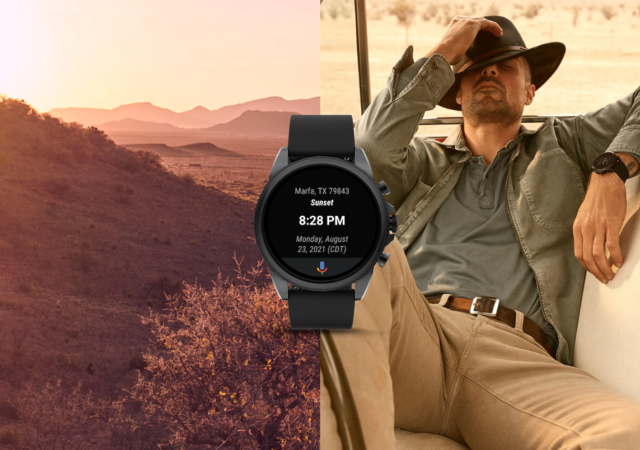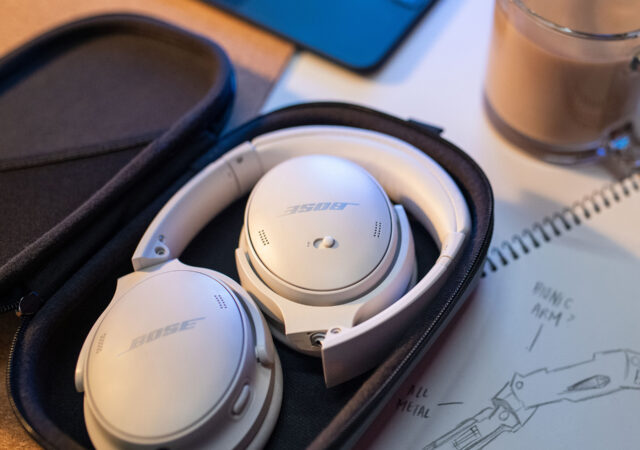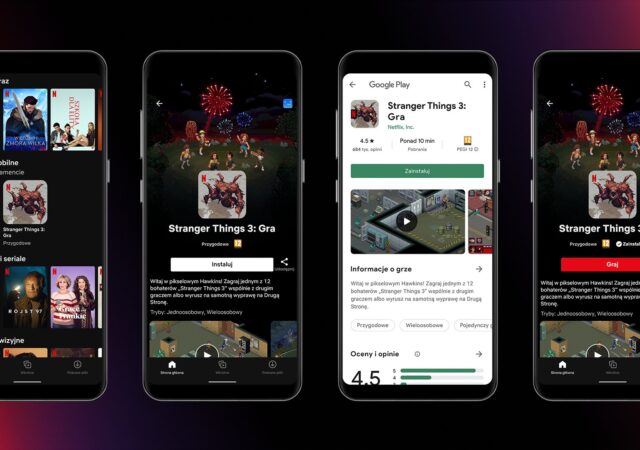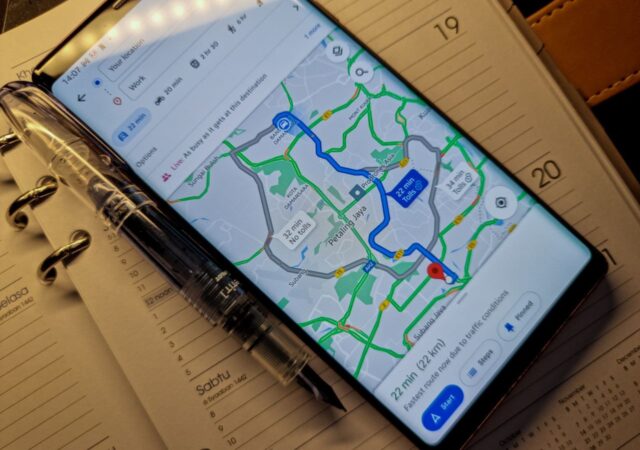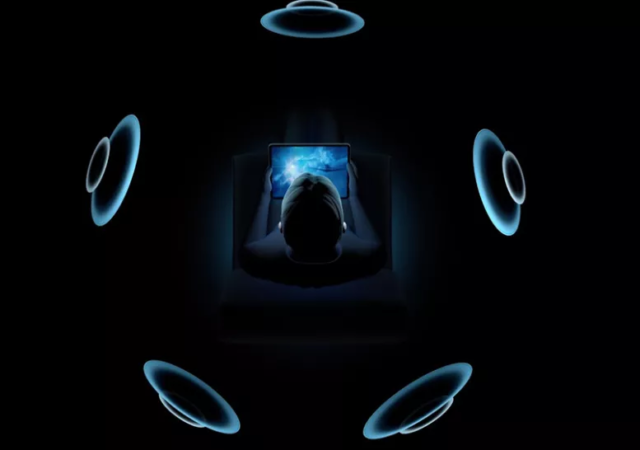Fossil Gen 5, Gen 5E and Gen 5 LTE smartwatches unexpectedly lose a good number of smartwatches after an update.
Switching Between iOS and Android is Painless with WhatsApp Now.
WhatsApp is rolling out new tool to make migrating platforms more painless on both iOS and Android beginning with Samsung devices.
Qualcomm Snapdragon Sound Brings aptX Lossless
Qualcomm announces a new aptX standard coming to aptX Adaptive – aptX lossless. The new standard comes as part of Snapdragon Sound.
Bose Introduces the QuietComfort 45 – Its Best Just Got Better
Bose announces the new QuietComfort 45 to replace the QuietComfort 35 II and to take on Sony’s best noise cancelling headphone.
More Apple Spatial Audio! This Time on Clubhouse!
Apple’s Spatial Audio comes to Clubhouse. Now you can hear conversations in virtual surround sound and feel closer to your friends.
Netflix Games is Going to Be a Thing – Tests for Android Starts in Poland
Netflix is planning to offer mobile games through their current platform in the coming months, testing has started in Poland.
[Update] OnlyFans is Going SFW! Yes, Really It Is!
OnlyFans is making drastic changes on their platform in the coming months. They plan to ban sexually explicit contents from October onward.
Netflix Now Supports Spatial Audio on Apple iPhone and iPad
Apple’s Spatial Audio comes to Netflix apps on Apple iPad and Apple iPhone for a fully immersive entertainment on the devices.



